By Claire Arrand (Special Collections Librarian)
Postscript
For last year’s Women’s History Month I wrote a blog called ‘Murderous Millinery’, about the beginnings of the RSPB (Royal Society for the Protection of Birds) and the campaigns against using feathers in fashion. This postscript refers to the long overdue installation in Manchester, at Didsbury’s Fletcher Moss Park, of a statue to one of the founders, Emily Williamson, which will take place on 17th April 2023.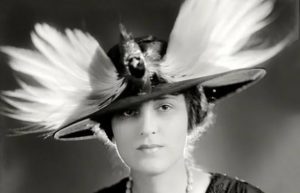
This fact emerged from a Christmas present, perfectly chosen and brimming with information on exceptional women, from poet Enheduanna (2885-2250 BCE) to current day Greta Thunberg.
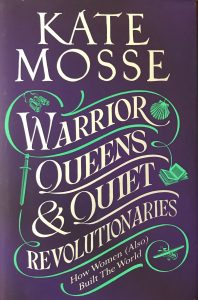
Novelist Kate Mosse has combined a list of around 1,000 extraordinary women, some well-known but others deserving greater recognition, with interleaved descriptions of her novelist great grandmother Lily Watson. Largely unsung heroines doing what they felt they had to do against opposition or indifference. Addressing this by erecting statues and plaques or adding pages to Wikipedia goes some way to redress the hidden half of humanity, who refused to accept and continue to fight against the attitude that a woman’s place is only in the home. The Oxford Dictionary of National Biography in 2021 had almost 65,000 biographies of men but less than 10,000 of women.
The book covers worldwide examples of achievements and tragedy from antiquity onwards, it is an astonishing read and highly recommended.
Women have fought to be educated, to be awarded degrees, to become writers, artists, lawyers, inventors, scientists, physicians, pioneers in women’s suffrage and civil rights, politicians, aviators, sportswomen, explorers, warriors and pirates.
Wearing my Reimagining Lincolnshire hat I was pleased to see Lincoln Castle’s 1217 heroine has been included, our own Nicholaa de la Haye, better known on campus as Nicola but the previous spelling is used in contemporary documents. Lincoln’s castellan also features in Louise Wilkinson’s book, which is available in the University Library,
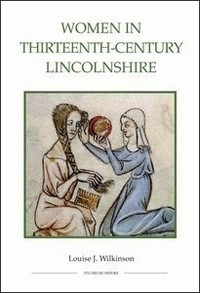
Also Lincolnshire martyr Anne Askew, who was tortured in the Tower of London, as detailed in John Bale’s contemporary account based on her writings smuggled out of the Tower and printed in Germany. His two sixteenth century publications are available for research purposes in Lincoln Cathedral Library.
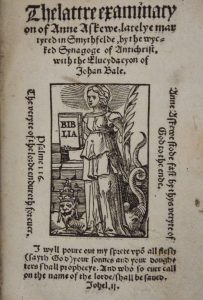
I had started to list my favourite entries but think it far preferable to choose your own so please email me at carrand@lincoln.ac.uk if you would like to borrow Warrior Queens. The book cover below features a splendid image of Edith Wharton, who is included and needs no introduction – a famous photograph of her chihuahuas.
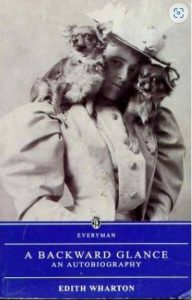
My last recommendation for Women’s History Month, included in Kate Mosse’s book, is the film Hidden Figures loosely based on Margot Lee Shetterly’s book about African American women mathematicians, which was published in 2016.

Bibliography
Mosse, K. (2022) Warrior queens and quiet revolutionaries. How women (also) built the world. London: Mantle.
Emily Williamson pp250-251
Nicolaa de la Haye p123
Ann Askew p276
Askewe, A. (1546) The first examinatyon of Anne Askewe, latelye martyred in Smythfelde, by the Romysh popes vpholders, with the elucydacyon of Johan Bale. Marburg: D. van der Straten.
Askewe, A. (1547) The lattre examinacyon of Anne Askewe, latelye martyred in Smythfelde, by the wycked synagoge of Antichrist, with the elucydacyon of lohan Bale. Marburg: D. van der Straten.
Shetterly, M. L. (2016) Hidden figures. The American Dream and the untold story of the black women mathematicians who helped win the Space Race. New York: William Morrow.
Wilkinson, L. J. (2015) Women in thirteenth-century Lincolnshire. Woodbridge: Boydell & Brewer.